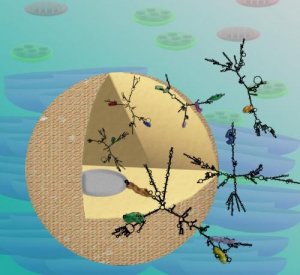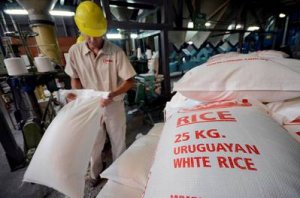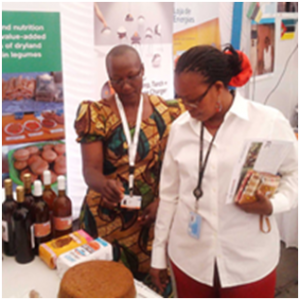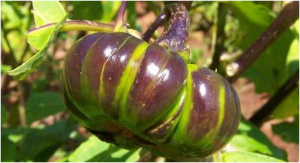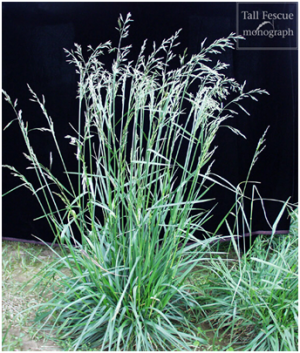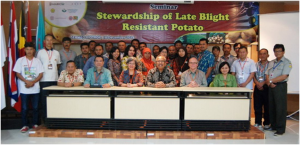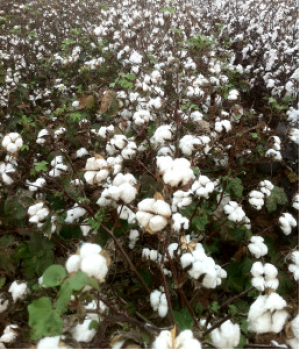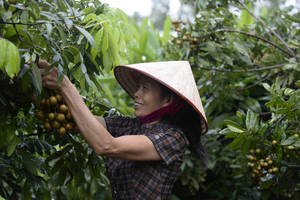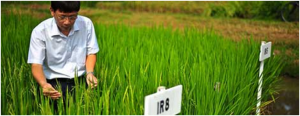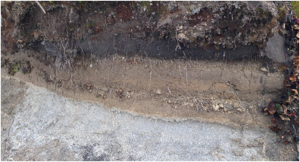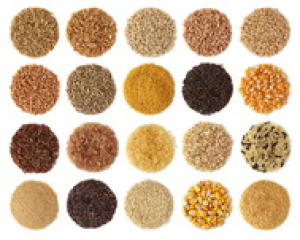|
UC Davis Scientists Report that Plant Genes Have Volume Controls
Monday, 2017/04/24 | 08:11:59
|
|
Researchers from the University of California, Davis reported that DNA sequences that were known to be vital for gene activity can be dispensable and the "junk DNA" or introns sometimes are in control. The results of their study are published in The Plant Cell.
UC Davis professor, Alan Rose, has been studying the mechanism known as "intron-mediated enhancement" for over 20 years. Rose and team made a significant discovery by studying Arabidopsis, which led them to the conclusion that introns play important roles in plants. They explained the role of introns using musical concepts.
"Imagine if music downloads were interrupted by blocks of white noise you had to manually edit out every time you played a song. Makes no sense, right? Why would songs be recorded that way? You can think of the DNA in your cells as a massive library of music. Genes are like songs that play at different volumes. The blocks of white noise are the introns."
For a long time, scientists have known that genes have an on/off switch – the promoter. However, some genes that are consistently turned on might not have this switch. For such genes, the introns play as "volume control". The team plans to investigate more on how the process actually works and orchestrate a symphony of genes with important properties. Introns have already been used to enhance the gene activity for increased vitamin content in rice and higher yielding soybeans. They foresee that with more information about introns, they could be used to bump biofuels in algae, up insulin made by yeast, or even stimulate production of life-saving vaccines in tobacco.
Read more information from UC Davis.
Figure: Jenna Gallegos with an Arabidopsis thaliana plant. Sometimes called “thale cress,” Arabidopsis is a popular plant for laboratory studies. |
|
|
|
[ Other News ]___________________________________________________
|


 Curently online :
Curently online :
 Total visitors :
Total visitors :
(28).png)
